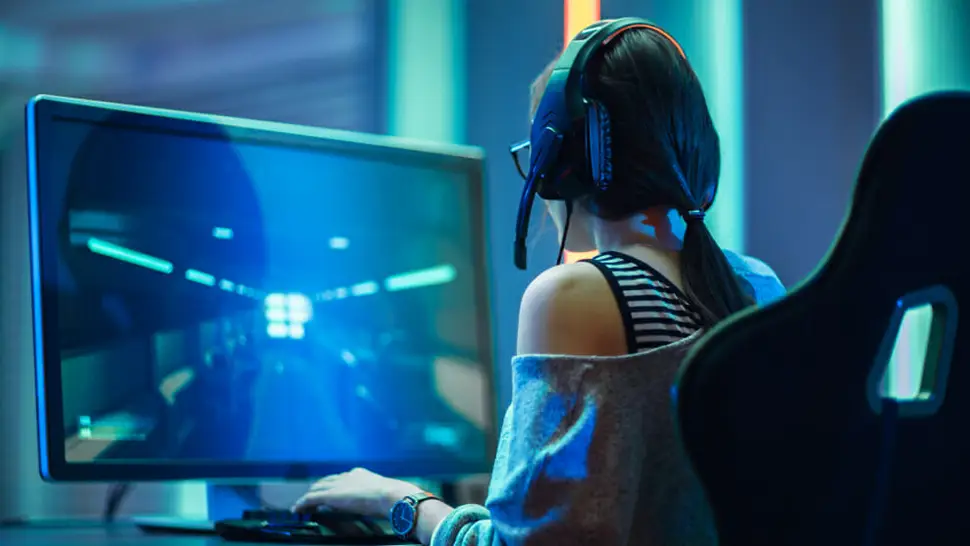A gaming PC can be the best way to experience the latest games and virtual reality. However, the high-end graphics, sound, and video performance that gamers demand can put a strain on a computer’s resources. This can result in slow performance, stuttering, and even crashes during intense gaming sessions. Fortunately, there are several simple steps you can take to optimize your Windows 10 PC for gaming, maximizing performance and minimizing issues.
Contents
- Enable Windows Game Mode
- Adjust Visual Effects
- Update Graphics Card Drivers
- Disable Startup Programs
- Adjust Power Options
- Keep Windows 10 Up to Date
- Conclusion
- See Also
- Further Reading
Enable Windows Game Mode
Windows 10 Game Mode is a feature designed to optimize your Windows 10 device for gaming. When Game Mode is enabled, Windows 10 will prioritize system resources such as CPU, memory, and graphics to the currently running game, which can result in improved gaming performance and a smoother gaming experience.
When Game Mode is turned on, Windows will automatically adjust various system settings to prioritize the performance of the game you are playing, such as disabling background tasks, pausing Windows updates, and reducing the resource usage of other non-essential apps and services. This helps to ensure that your device has enough resources available to run the game smoothly and avoid any potential performance issues.
Here’s how you can enable Game Mode on Windows 10:
- Right-click on the Windows Start button and select “Settings.”
- In the Settings app, click on “Gaming.”
- In the Gaming section, click on “Game Mode.”
- Toggle the switch for “Game Mode” to “On.”
Adjust Visual Effects
Windows 10 includes a number of visual effects that can impact gaming performance. You can adjust these effects to reduce the strain on your computer’s resources and improve gaming performance. To do this, right-click the Windows Start menu and select “System”. In the System window, click “Advanced system settings” and then click the “Advanced” tab. Under the “Performance” section, click “Settings” and then select “Adjust for best performance”. This will turn off all visual effects, but you can also select individual effects to turn off if desired.
Update Graphics Card Drivers
Another important step in optimizing your Windows 10 PC for gaming is to make sure your graphics card drivers are up to date. Graphics card manufacturers release regular updates that address performance issues and improve compatibility with the latest games. To update your graphics card drivers, go to the website of the manufacturer of your graphics card (e.g., NVIDIA, AMD, or Intel) and download the latest drivers. After downloading, run the installation file and follow the on-screen instructions.
Disable Startup Programs
Programs that start automatically when you turn on your computer can impact gaming performance by using up valuable system resources. You can disable these programs to improve gaming performance. To do this, press the Windows + R keys on your keyboard and type msconfig in the Run box. In the System Configuration window, click the “Startup” tab and uncheck the box next to any programs that you do not need to start automatically. Be careful not to disable programs that are critical to the operation of your computer.
Adjust Power Options
The power options in Windows 10 can also impact gaming performance. You can adjust these options to maximize performance and reduce stuttering and slow performance. To do this, go to the Windows Start menu and click on the “Settings” icon (the gear). In the “Settings” window, click “System” and then click “Power & sleep”. Under “Related settings”, click “Additional power settings”. In the Power Options window, select “High performance” and then click “Change plan settings”. In the next window, click “Change advanced power settings”. Under “Processor power management”, set the “Minimum processor state” to 100% and the “System cooling policy” to “Active”.
Keep Windows 10 Up to Date
The first step in optimizing your Windows 10 PC for gaming is to keep your operating system up to date. Microsoft releases regular updates to Windows 10 that not only fix security issues but also address performance issues that can impact gaming. To check for and install Windows updates, go to the Windows Start menu and click on the “Settings” icon (the gear). In the “Settings” window, click “Update & Security” and then click the “Check for updates” button. If any updates are available, install them and then restart your computer.
Conclusion
In conclusion, optimizing your Windows 10 PC for gaming requires a few simple steps, including keeping your operating system up to date, adjusting visual effects, updating graphics card drivers, disabling startup programs, and adjusting power options. By taking these steps, you can ensure that your computer is performing at its best and provide an optimal gaming experience. Whether you’re a casual gamer or a hardcore enthusiast, taking the time to optimize your computer can pay off in improved performance and reduced frustration. With these tips in mind, you’ll be able to enjoy your favorite games to the fullest and get the most out of your gaming PC.
See Also
- Enable God Mode on Windows 10
- What version of Windows 10 do I have?
- Reset or Refresh Windows 10
- All About Windows 10


Comments
There are currently no comments on this article.
Comment